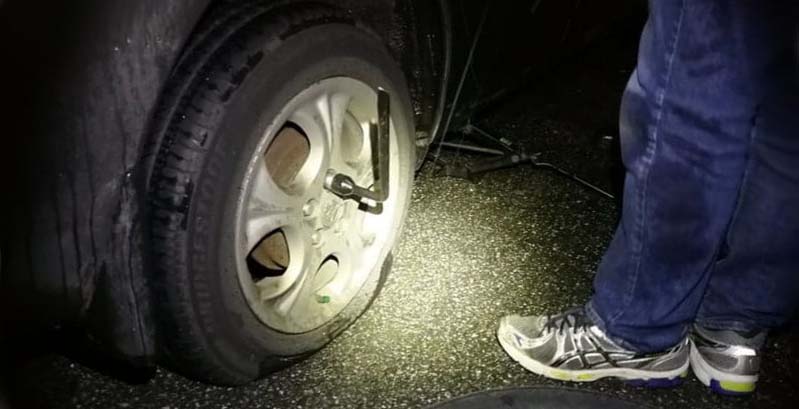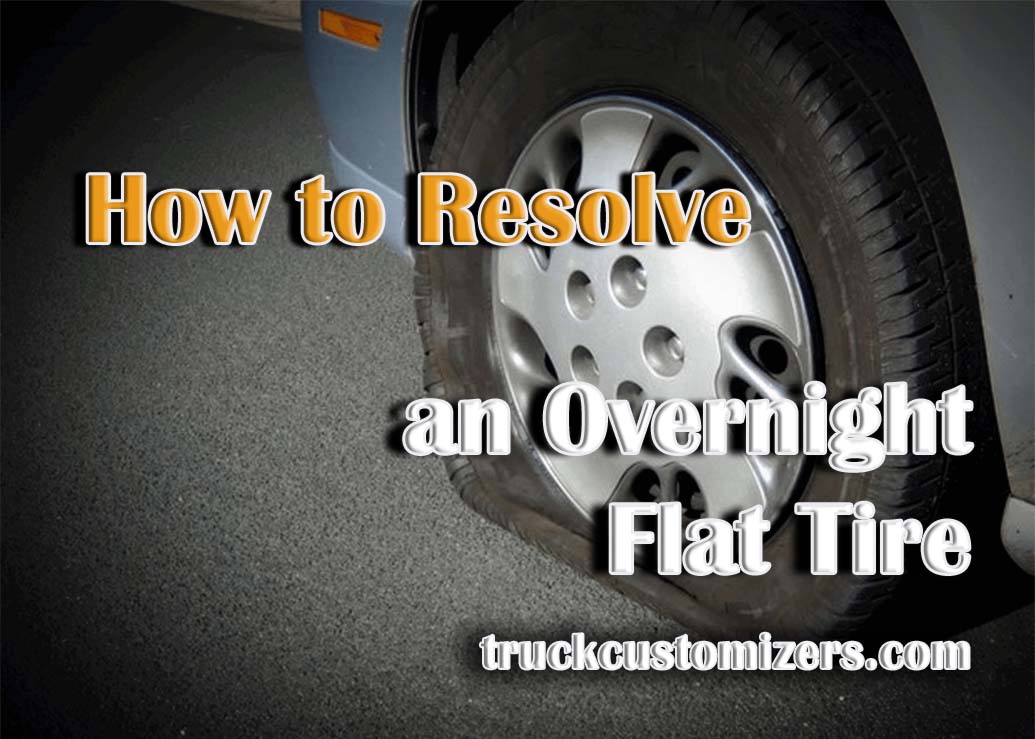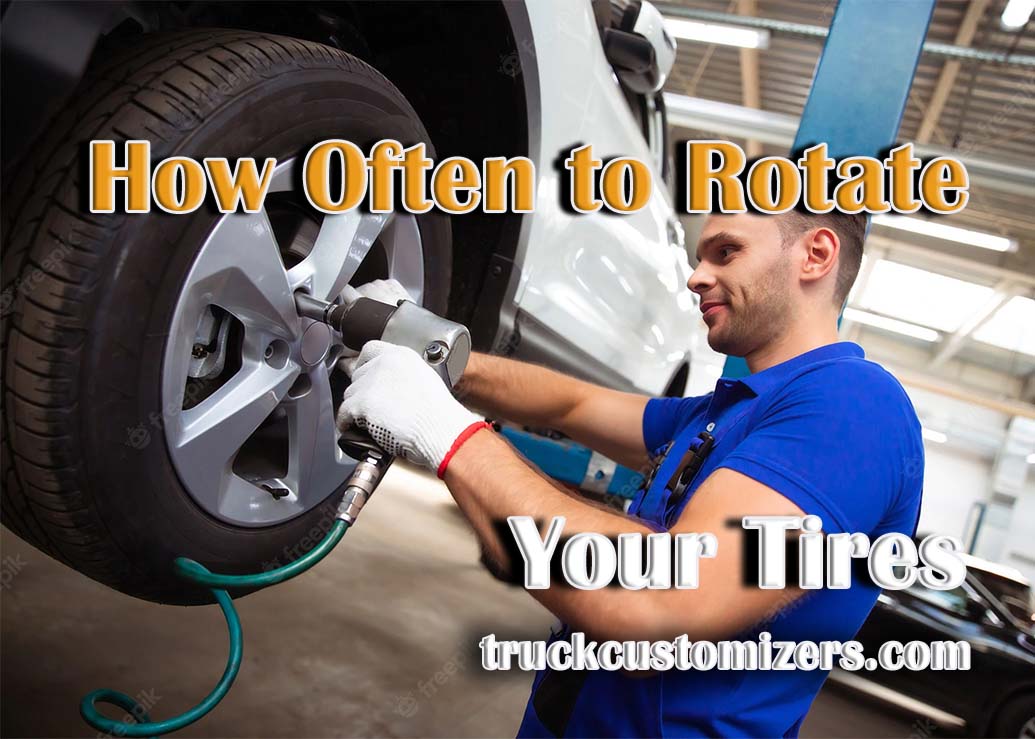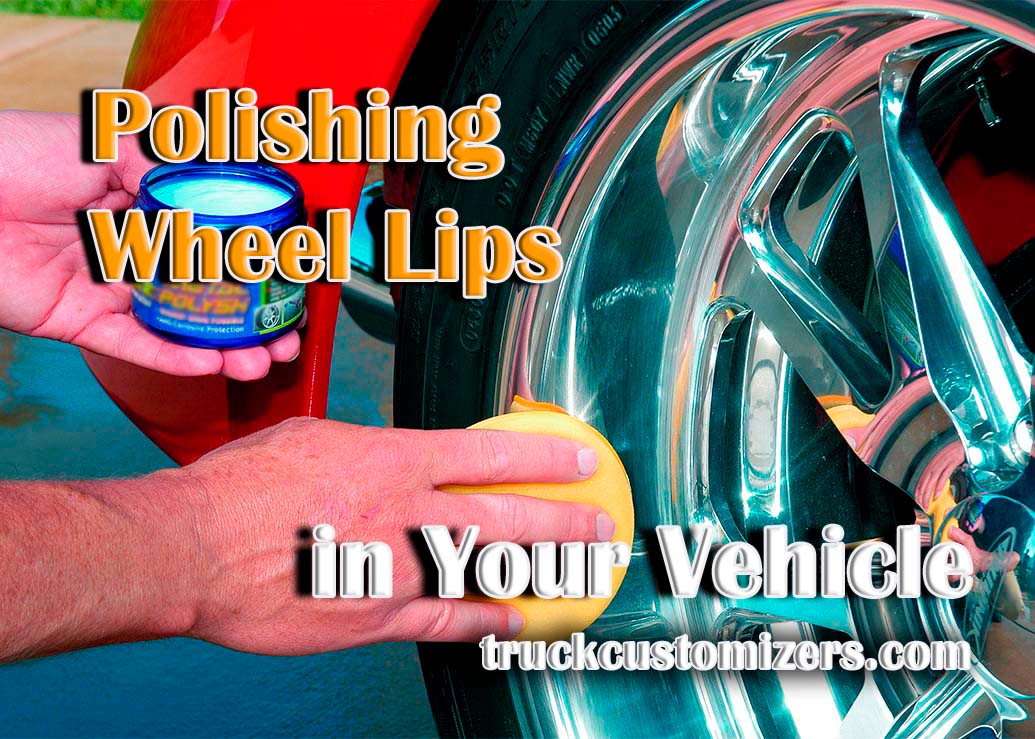A flat tire can be an annoying and worrisome experience. Overnight flats are even worse because they can happen unexpectedly, leaving you stranded without a working vehicle the next day. While it’s never fun to replace or repair a tire, there are steps you can take to troubleshoot and resolve the problem quickly.
Reasons Why Your Tire Went Flat Overnight
There are several potential reasons why your tire may have gone flat overnight. It’s important to get a feel for what the cause of the problem may have been in order to determine the best way of fixing it.
-
Poor Air Pressure Maintenance – Air pressure is an important factor when it comes to maintaining tires in good condition, and if you don’t check regularly, your tires may suffer from low pressure overnight that could eventually lead to a flat tire.
-
Punctures and Other Damage – If something sharp has punctured the rubber surface of your tire, then this could be causing air leakage and eventual deflation overnight. Additionally, if there is any other damage such as cracks or tears in the rubber, then this could also contribute to deflation over time if not addressed properly.
-
Weather and Temperature Variations – Extreme temperatures and weather conditions can also cause tires to deflate overnight, as the rubber will expand and shrink depending on the temperature and humidity.

Steps for Fixing an Overnight Flat Tire
Once you’ve got an idea of what might have caused your flat tire, then it’s time to get stuck in resolving the issue.
-
Finding the Cause of the Problem – The first step is to identify why your tire went flat in order to know how best to fix it. Inspect the area carefully for signs of punctures or any other damage that may have caused a leak. If there are none, then check your air pressure levels with a tire gauge or visit a service station where they can check it for you. If everything looks okay there then try checking if any roads you have recently driven on had any recent road works or changes that could have damaged your tires without you noticing.
-
Checking Air Pressure and Filling Tires With Air – If you find that low air pressure was causing your flat tire, then this can be addressed easily with some intervention from yourself or a service station attendant:
-
Using a Compressor – Your best bet here is to use a compressor if you have one at home, as they are usually easy to use and can be done quickly.
- Visiting a Service Station – If you don’t have a compressor then you should visit the nearest service station to get your tires filled up with air.
-
Using a Portable Pump – If neither of these options are suitable for you then you can always use a portable pump instead. These are useful for topping up low tire pressure levels and can be used when on the go.
-
-
Making Any Necessary Repairs – If there is any damage to your tire such as punctures or tears, then it’s important to address this immediately in order to prevent further deflation over time.
-
Patching or Plugging Punctures – Depending on how severe the puncture is, it may need patching or plugging which will help seal the hole and stop any air leaking out of the tire.
-
Replacing Damaged Tires – If there is any other damage such as cracks or tears then it’s best practice to replace the tire altogether in order to avoid further issues down the line.
-
-
Testing and Re-Checking Your Work – Once all repairs have been made or your tire has been replaced, you should test and re-check your work to make sure everything is in order. Also, it’s important to check your air pressure levels regularly from then on, as low pressure can be the cause of many issues with tires.
Conclusion
Dealing with a flat tire can be frustrating and time-consuming, but if you take the steps discussed in this article then you will be able to resolve any overnight flat tire issues quickly and easily. Remember that prevention is key when it comes to maintaining tires in good condition, so it’s important to check your air pressure levels regularly and inspect for any signs of damage before they become an issue.



